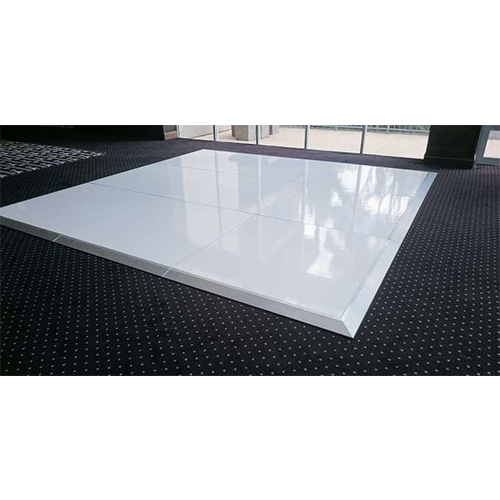Exploring the Benefits and Disadvantages of Timber and Vinyl Performance Floor Components for Ideal Performance and Visual Appeal
Exploring the Benefits and Disadvantages of Timber and Vinyl Performance Floor Components for Ideal Performance and Visual Appeal
Blog Article
As it pertains to selecting the appropriate dancing floor material, wood and synthetic are two popular options that dancers and dance studio owners often consider. Each material has its own unique benefits and drawbacks that can influence execution, safety, and aesthetics. Understanding these variations is crucial for making an educated choice that meets the requirements of performers and improves the general experience in a dance space or performance space.
Timber dancing floors are often favored for their classic look and feel. They offer a organic area that can absorb shock, which is advantageous for dancers who execute intense actions. The elasticity of wood helps minimize the risk of injuries, such as sprains and stresses, by offering a supportive surface. Additionally, timber surfaces can be refinished, allowing them to keep their look over time. This durability makes them a long-term investment for dancing spaces. However, wood surfaces can be more costly to install and maintain compared to synthetic options, and they may need consistent upkeep to avoid warping or damage from moisture.
On the other hand, vinyl dancing floors provide a variety of advantages that make them appealing to many dancing spaces. One of the primary benefits of vinyl is its cost-effectiveness. Synthetic flooring is generally less expensive to buy and set up than timber, making it a budget-friendly option for spaces. Furthermore, synthetic is offered in a wide range of hues and designs, enabling for more personalization to match the aesthetic of the space. Synthetic surfaces are also simpler to maintain and upkeep, as they are resistant to stains and water. However, some performers may find that vinyl does not provide the same level of impact cushioning as timber, which could lead to discomfort during long rehearsal periods.
Another crucial consideration to consider is the type of dance being executed. Different dance styles may require distinct floor materials for best execution. For instance, classical ballet dancers often prefer wood floors because they provide a stable surface for turns and jumps. In comparison, genres like hip-hop or contemporary may gain from the non-slip features of synthetic. It is crucial for studio proprietors to take into account the primary dance styles taught in their studio when choosing a surface substance. This evaluation can help ensure that performers have the best possible experience while rehearsing and performing.
Aesthetics also play a significant role in the decision-making process. Timber surfaces are often linked with elegance and heritage, making them a popular choice for formal dancing studios and theaters. The natural grain and warmth of timber can establish a inviting environment that enhances the overall feeling for both performers and spectators. On the other hand, synthetic floors can be crafted to replicate the look of wood or other materials, providing a modern and chic look. The decision between timber and synthetic can eventually hinge on the intended atmosphere of the area and the impression that dance studio proprietors want to establish.
In summary, both wood and vinyl dance floors have their own set of benefits and drawbacks that can impact execution and visual appeal. Timber surfaces offer durability, shock absorption, and a classic look, while vinyl floors provide affordability, ease of maintenance, and design click resources versatility. The choice between these materials should be determined on the specific requirements of the dancers, the types of dance being performed, and the overall concept for the dance studio. By carefully considering these factors, studio owners can establish an atmosphere that enhances best execution and enhances the enjoyment of dance for everyone participating.